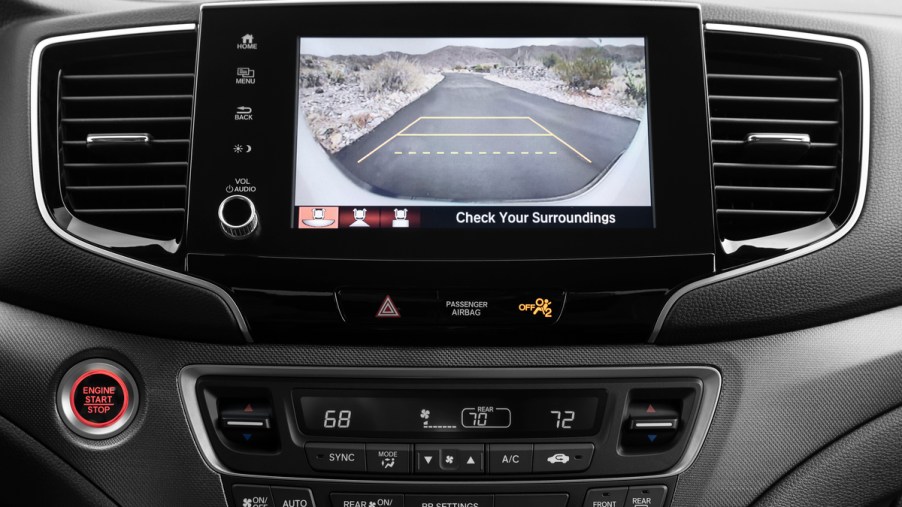
A Guide to the Most Common Car Safety Features
Whether you’re buying a new or used car, it’s important to pay attention to the safety features that it has to offer. Typically, the newer car the more safety features it has since technology has come a long way in the past decade. Of course, some older safety features are still used, however, you won’t find automatic seatbelts on any car nowadays. Here is a list of some of the standard and optional safety features that you will find on most late-model cars that you can currently buy.
Airbags
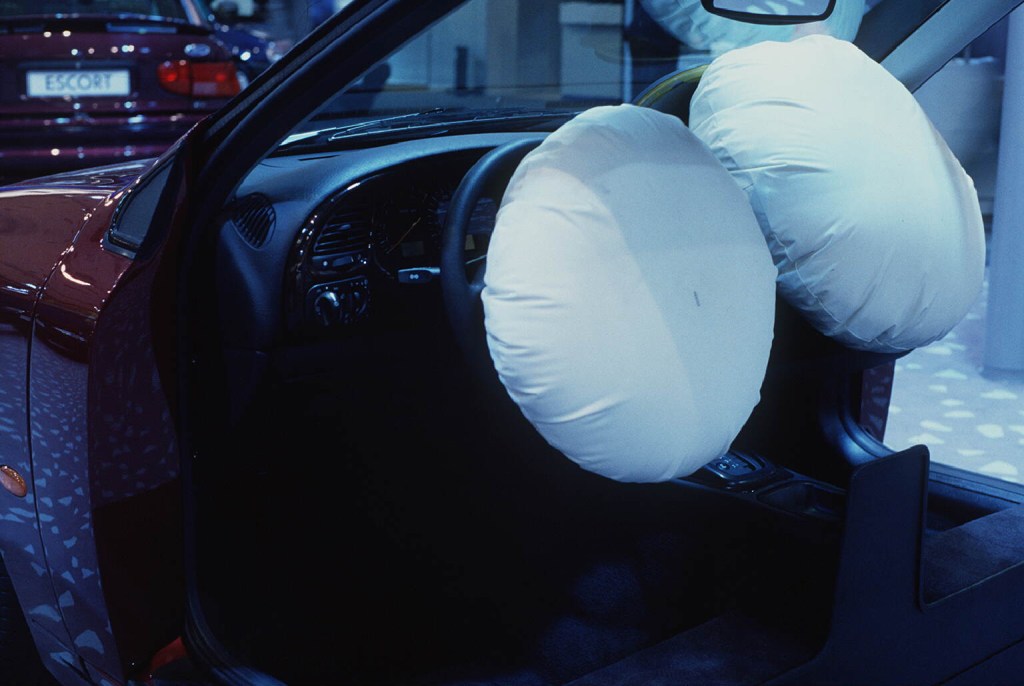
Airbags are the quintessential safety feature in any car today, however, they didn’t become mandatory until 1999, reports Kelley Blue Book. Most cars, trucks, and SUVs today utilize six airbags, but some makes (like Toyotas) have 10 airbags as standard equipment. According to the IIHS, airbags can reduce driver fatalities by 29% in frontal collisions and by 32% for front-seat passengers ages 13 and older.
Airbags prevent the driver and passenger from colliding with the steering wheel or dashboard by inflating in about .04 seconds when a crash is detected by sensors in the front of the vehicle.
Anti-lock brakes (ABS)
Before the mandatory use of anti-lock brakes (ABS) starting in 2000, some cars didn’t come with it. In those cars, drivers would need to pump the brakes in the event of an emergency stop so that the brakes wouldn’t lock up and the car could be steered out of the way. A car’s brakes lock up when the driver pushes the brakes to the floor suddenly, which can cause the car to slide since the wheels stop turning.
However, anti-lock brake systems incorporate the use of sensors placed at the wheel that monitor and relay the car’s speed, grip, and other important data to the car’s computer. In an emergency braking event, the system will electronically pump the brakes to get the car to stop quicker and allow the driver to steer the car out of harm’s way. Of course, the basic rules of physics still apply and your car might not stop completely in time, however, its anti-lock braking system will help reduce, if not avoid, the damage from an impact.
Backup Camera
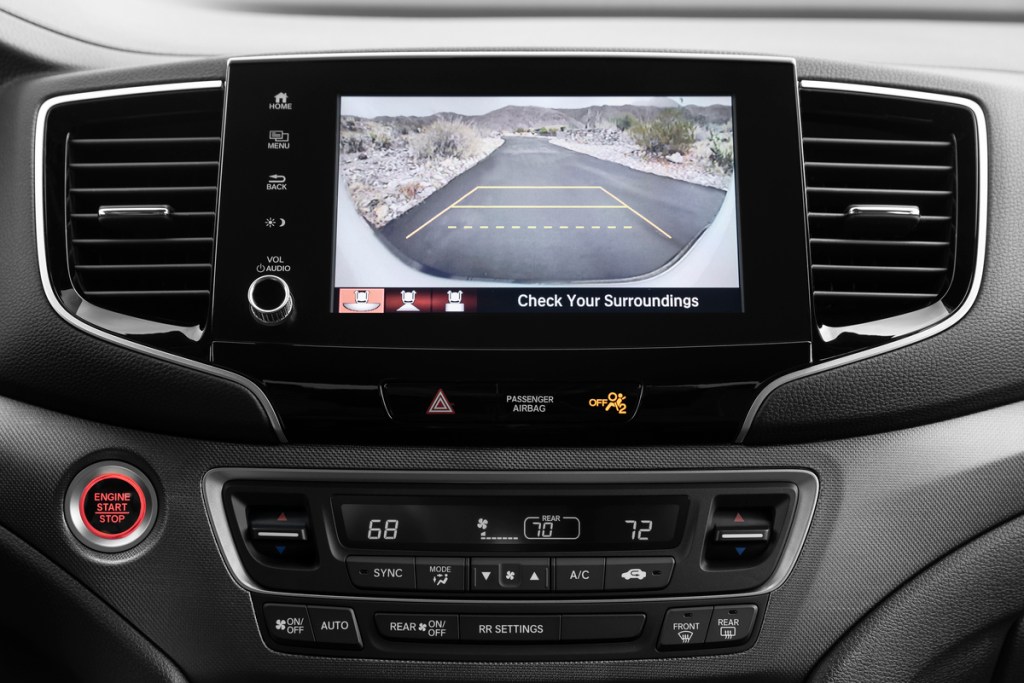
The backup camera is sometimes referred to as a rearview camera. In either case, this little camera is typically located in the rear of the vehicle on one of its lower-trim pieces or right above the license plate. This camera is designed to switch on when you put the car into “reverse” and the camera image is then displayed on the car’s infotainment screen or in the rearview mirror.
The rearview camera was made mandatory in all passenger cars, trucks, and SUVs starting in 2018. The main purpose of it is to show a view behind the car so that the driver is informed of any cars, objects, or pedestrians when driving in reverse.
Note: A rearview camera is not a substitute for checking your surroundings before backing up, so remember to always check first!
Safety belts
Also known as “seat belts,” safety belts were made mandatory in 1968. NHTSA reports that wearing a safety belt can cut your fatal injury rate in half in the event of an accident. Fortunately, every seat in every currently has one of these. Remember to always buckle up!
LATCH (Lower Anchors and Tethers for Children)
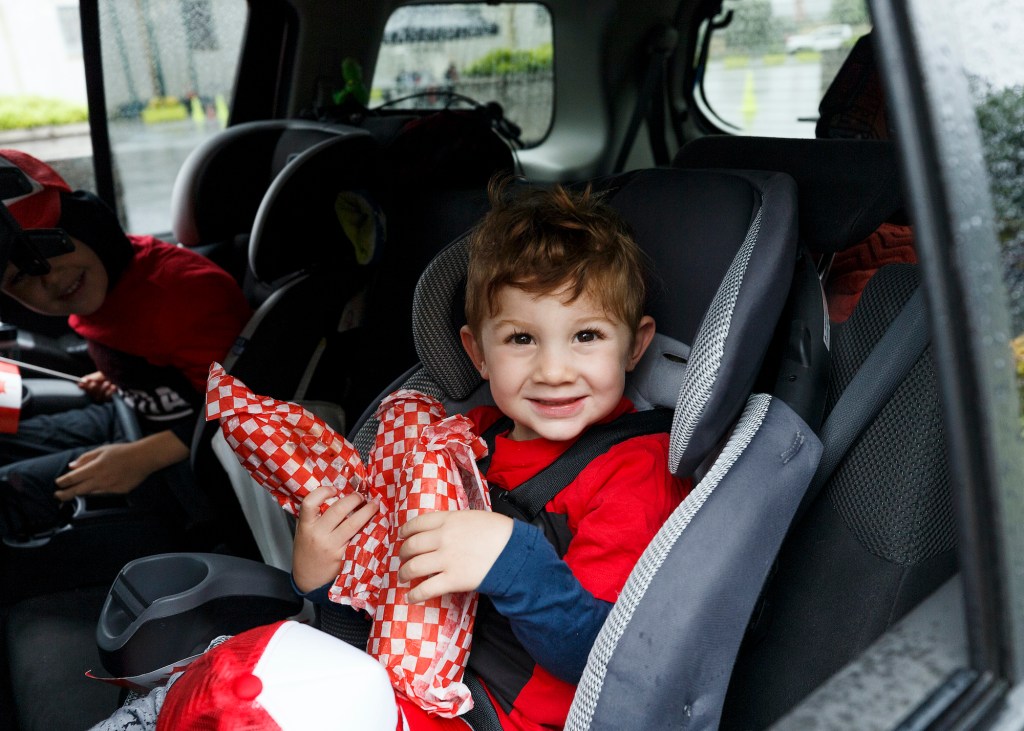
The LATCH system, also known as the “lower anchors and tethers for children” system, was made mandatory in 2002 for all passenger cars. This system utilizes a lower bar built into the seat cushion which anchors clips that install into the bottom of the child seat. The tethers that are located at the top of the child seat then clip into the anchors built into the car’s seatback.
Tire pressure monitors
A tire pressure monitor is a sensor located inside each wheel that monitors the air pressure and notifies the driver when it’s low. The warning is displayed on the instrument panel and resets automatically when the tire pressure is increased to the standard level. Although, some monitors have to be reset manually.
Traction Control
A traction control system maintains traction between the car’s drive wheels and the ground beneath them. KBB notes that the system incorporates the use of the car’s ABS system in order to limit the power going to a particular drive wheel if it’s spinning faster than the other wheels. This reduction in power will enable the car to regain traction.
Driver-Assist Features
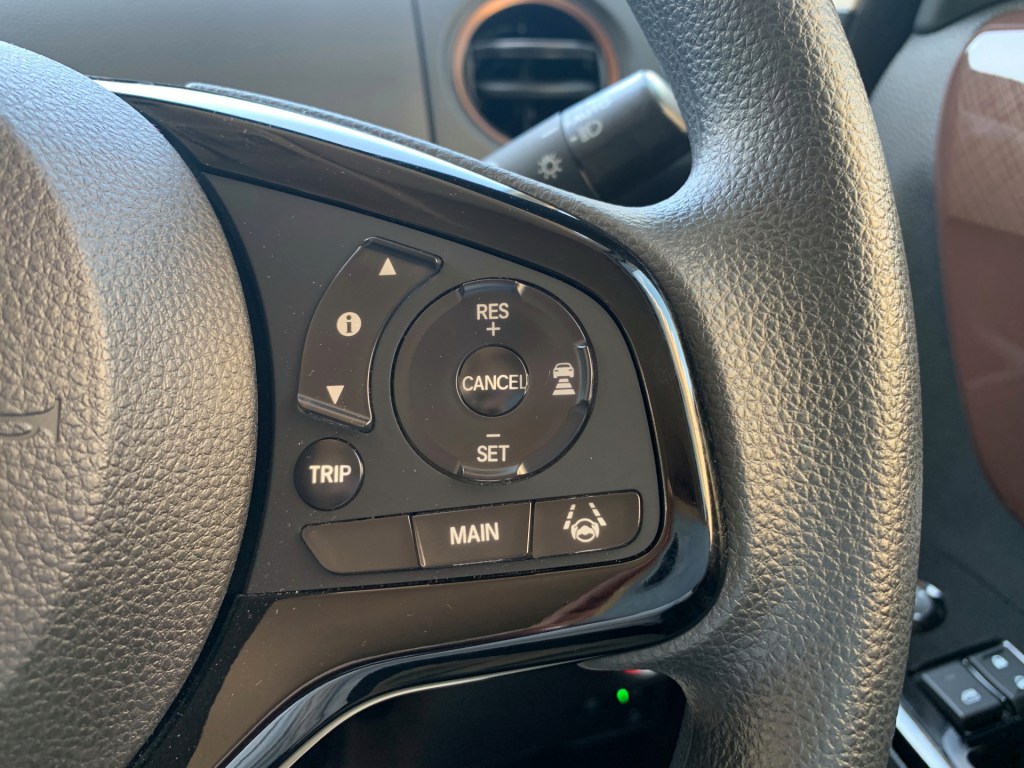
Many new cars today come standard with an array of driver-assist features. These features include adaptive cruise control, lane-keep assist, lane detection, and a rear cross-traffic alert. If you would like to read more about these systems, then you can check out our explanation of driver-assist features.
Car safety is of the utmost importance
While you might not think about a car’s safety systems when you go shopping, it’s important to know the most common features and how they work. So, the next time you find yourself checking out a car, check to see if it has these safety features because you never know, one of them could end up saving a life.



